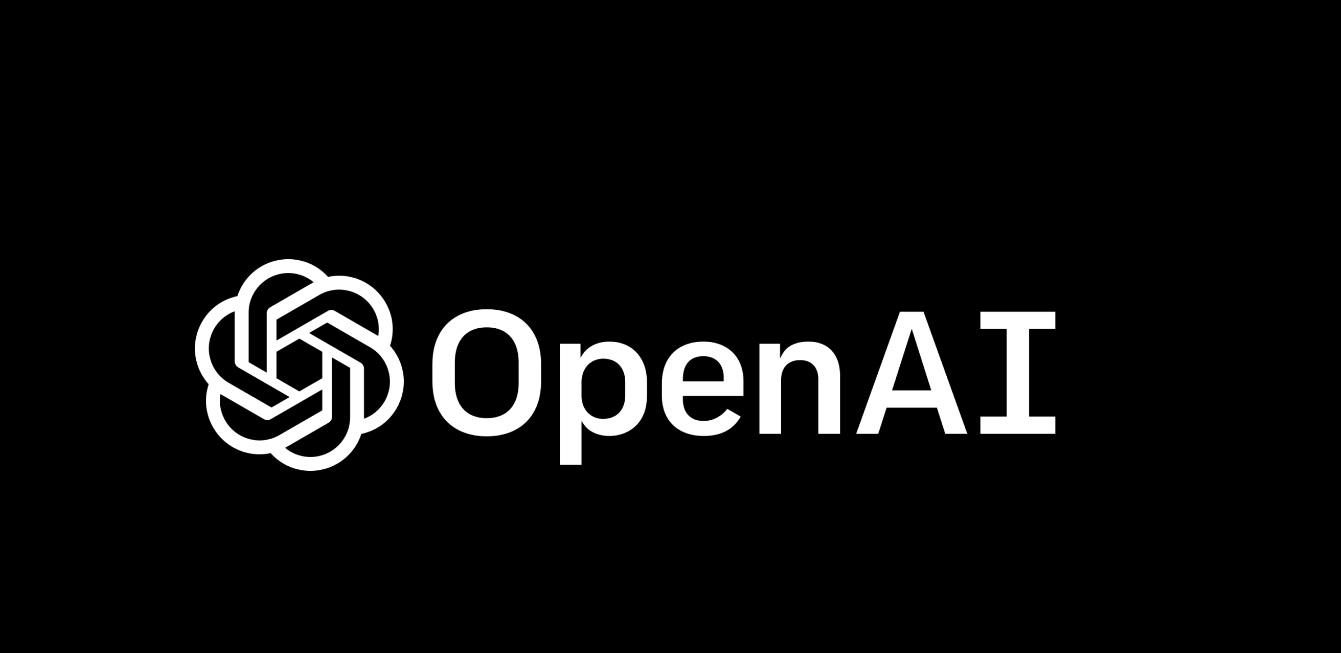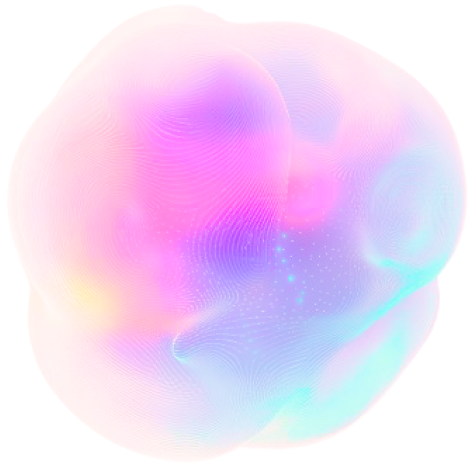Insider Brief
- A deep learning-based AI model was developed using facial photographs from children to accurately detect myopia, strabismus, and ptosis.
- The AI model demonstrated high sensitivity, with 0.84 for myopia, 0.73 for strabismus, and 0.85 for ptosis, indicating its potential to match traditional screening methods.
- The study suggests AI could aid in convenient and early detection of pediatric eye diseases using mobile phone photographs, making healthcare more accessible and efficient globally.
A recent study published in JAMA Ophthalmology demonstrates the potential of artificial intelligence (AI) and mobile phones in diagnosing common pediatric eye diseases. Conducted by researchers at Shanghai Jiao Tong University, the study marks a step in early eye disease detection, leading, the researchers hope, to make screening more accessible and affordable worldwide.
The Challenge of Early Detection
Pediatric eye diseases such as myopia, strabismus, and ptosis affect millions of children globally, and early detection is crucial to prevent long-term vision impairment. Traditional screening methods rely on specialized equipment and trained ophthalmologists, which can be costly and inaccessible for many families, especially in underserved regions. This often leads to delays in diagnosis and treatment, exacerbating the conditions and affecting children’s quality of life.
The study employed a cross-sectional design, involving 476 children diagnosed with myopia, strabismus, or ptosis. A total of 1,419 facial photographs were analyzed to develop a deep learning-based AI model capable of identifying these conditions.
High Accuracy in Detection
The AI model demonstrated impressive accuracy in detecting all three conditions. For myopia, the sensitivity was 0.84 (95% CI, 0.82-0.87), while strabismus had a sensitivity of 0.73 (95% CI, 0.70-0.77), and ptosis showed a sensitivity of 0.85 (95% CI, 0.82-0.87). These metrics indicate that the AI system could correctly identify a significant majority of cases, comparable to traditional screening methods.
GradCAM++, a visualization tool, was used to assess the model’s decision-making process, highlighting the specific facial regions contributing to diagnosis. The AI’s performance was consistent across genders, though some differences were noted among different age groups, suggesting further refinement may be needed to optimize age-specific accuracy.
Implications for Global Health And Future Directions
The researchers suggest that potential applications of this technology are vast. By leveraging the widespread availability of smartphones, parents and caregivers could easily capture and upload images of their children’s eyes for AI analysis, receiving immediate feedback on potential eye issues.
There may be ramifications for costs associated with eye health, too. The technique’s fostering of accessibility could significantly reduce the burden on healthcare systems and ensure timely interventions, especially in remote or resource-limited settings.
While the study highlights promising results, further research is needed to refine the AI model and validate its effectiveness across diverse populations and settings. Expanding the dataset to include various ethnicities and ages will be crucial to ensuring the tool’s global applicability.
Another challenge will be integrating this AI system into existing healthcare frameworks. The process will likely require collaboration between technology developers, healthcare providers, and policymakers.
Finally, addressing data privacy concerns and ensuring ethical use of AI in healthcare will be critical to its successful deployment.
The research team includes:
- Qin Shu, MD; Xiaoyi Liang, MD; Moxin Chen, MD; Zhuoran Tao, MD; Qianwen Liu, MD; Yonglin Guo, MD; Xuefeng Yang, BS; Wenjing Li, MD; Lin Li, MD, PhD Department of Ophthalmology, Shanghai Ninth People’s Hospital, Shanghai Jiao Tong University School of Medicine, Shanghai, China
- Jiali Pang, MS; Jinru Ding, ME; Ruiyao Chen, ME; Jie Xu, DHM
Shanghai Artificial Intelligence Laboratory, Shanghai, China - Zijia Liu, PhD; Guangtao Zhai, PhD
Institute of Image Communication and Network Engineering, Shanghai Jiao Tong University, Shanghai, China - Sujing Wang, BM
Department of Epidemiology and Biostatistics, School of Public Health, Shanghai Jiao Tong University School of Medicine, Shanghai, China






